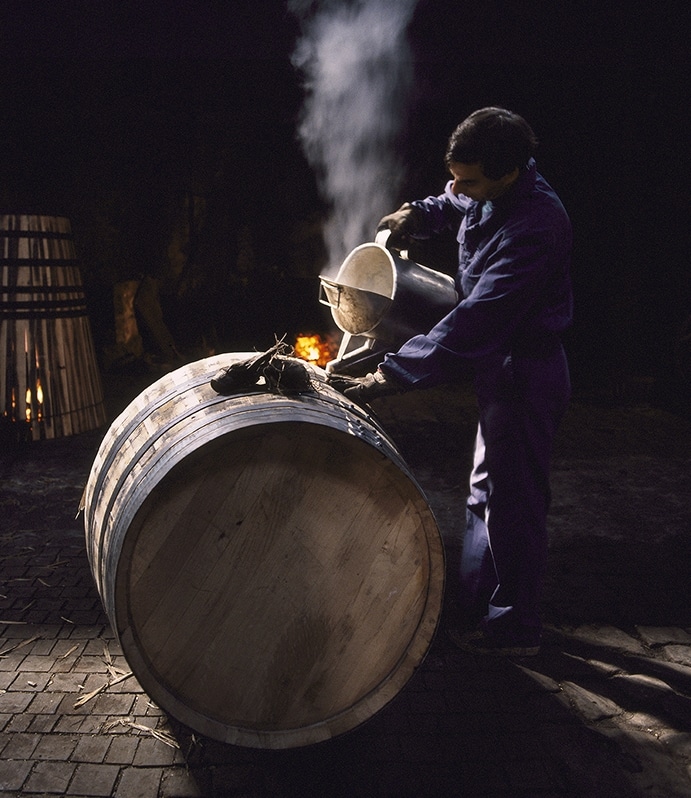Trying to generate renewed interest in fragrances is one of the biggest challenges for this category, revealing the presence of waning sales of the most popular scents. So how to reinvigorate things?
Fragrance makers have had to come up with new fragrance delivery systems, more potent fragrances, more natural fragrance formulations, fragrances that evoke memories, and gender-neutral fragrances, just to mention a few of the recent trends that have served to reinvigorate the category. But perhaps one of the most impactful trends has been the move towards tailored or personalised fragrance products.
Which type of customisation suits you? This can mean many things, from fragrances that are customised to match an individual exacting DNA, to fragrances that simply match the exact preference of an individual, as well as producing packaging with personalised touches such as the person’s signature or preferences for specific bottle designs.
Indeed, the big trend for customisation has impacted all areas of the cosmetics and personal care space, reflecting rising demand for products that match consumers’ specific needs or tastes, but in the fragrance category, it seems to have been taken to a much more sophisticated level. A good market to look at to get an idea of the impact of personalised fragrances is that of the United Kingdom, where interest in this scent category has always been pronounced.
What is happening in the US and UK
According to market research provider Mintel 61% of UK fragrance users like to wear a different fragrance to everyone else, 54% have a signature scent that they always wear and 40% have tried or are interested in trying out personalised fragrances. The picture also looks pretty similar in another very important fragrance market, the U.S. Here Mintel research show that more than half of consumers are interested in trying out personalised fragrances, including blends (55%) or DNA-based fragrances (50%).
One overriding element to the trend for these scents is that it is younger consumers who are showing the most interest in more personalised fragrances that are tailored towards their tastes, but at the same time, the trend is also targeting older consumers as a way of freshening up fragrance category offerings.
The Mintel team has also seen some polarisation in the trend for personalised fragrances, with services offering customers to help choose their signature scents from classic fragrances, and at the other end of the spectrum, services offering consumers the chance to combine their ingredients to create unique fragrances that suit their specific tastes.
However, as a general rule the more personalised the service or fragrance formulation, the more premium the product tends to be, which has priced some consumers out. In answer to this, there is also a growing trend to bring back vintage fragrances as limited editions, which are generally more affordable.
One product does not fit all
Typifying the move away from the one fragrance for everyone era, earlier this year Kenneth Cole launched customisable fragrances for men and women, which also combine notions of gender fluidity.
The concept behind the launch is relatively simple though. The collection consists of a scent that can be worn either individually, or layered to fit consumers’ tastes or even moods. It is the first time in 15 years that Kenneth Cole has launched a new fragrance master brand, but giving the launch a bit more edge, Kenneth Cole has also included three additional scents that can be blended with either his or her scents to give different effects and an added edge.
Serenity is blended to be calming, Energy is described as fresh, and Intensity is blended to evoke a sense of mystery. Although the personalisation of fragrances is not a brand-new trend, it is certainly continuing to evolve, diversify and even mature.
How does this reflect your marketing, and specifically hyper-personalisation?
With such diversity of taste, it would be impossible to address such personalisation by traditional marketing means. Since the advent of AI, and specifically machine learning, the means to reflect this individualisation among email recipients can be accommodated by hyper-personalisation software. Hyper-personalisation software, of which there are significant distinctions between vendors, uses first-party data from your site, to identify the buying propensity of each person, and using send time optimisation, can ensure those products are put in front of that person at exactly the right time.
Much is made of delivering a landing page for the same purpose when visitors come to your site, but as the likes of McKinsey, Forbes and Forrester all support, a 20x yield of all your other online marketing combined validates that hyper-personalised email marketing delivers the highest ROI so far experienced.
This ability to deliver is huge, because autonomous AI solutions – which will become standard operating procedure negate the need for human input, ridding you of the budget of probably your biggest cost after purchase or manufacture, staff. It delivers precise emails with appropriate product selections for each consumer, the main content of which is that they are relevant to the recipient.
If you appreciate how unique and hyper-personal product selection is, that uniqueness to each person distinctly, you are perfectly placed to appreciate that what is offered to each consumer must be unique and essential to them alone. Isn’t that the definition of fragrance?
Products selected to be offered by hyper-personalisation software, use a machine-learning predictive analytics algorithm which watches both that individual’s buying habits but essentially what they browse, how often they return them, what they return, what they spend most time reviewing etc.





